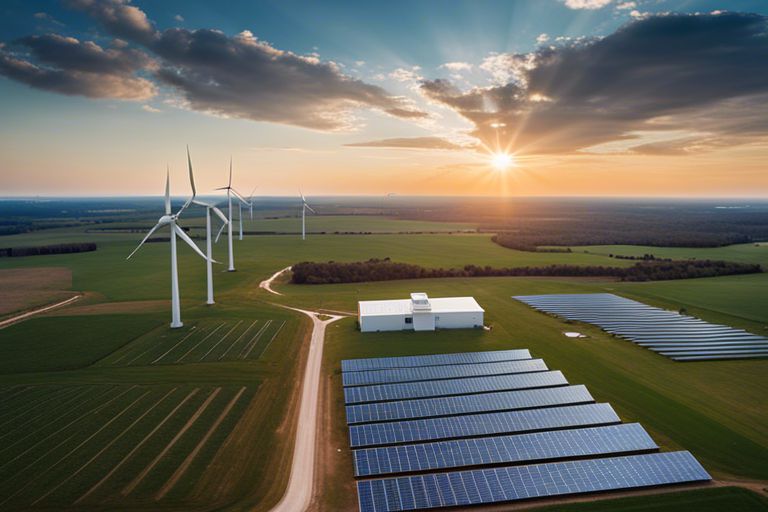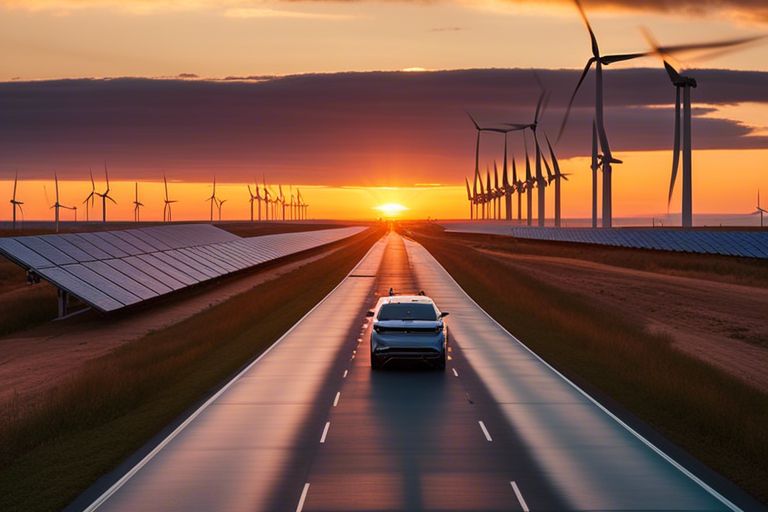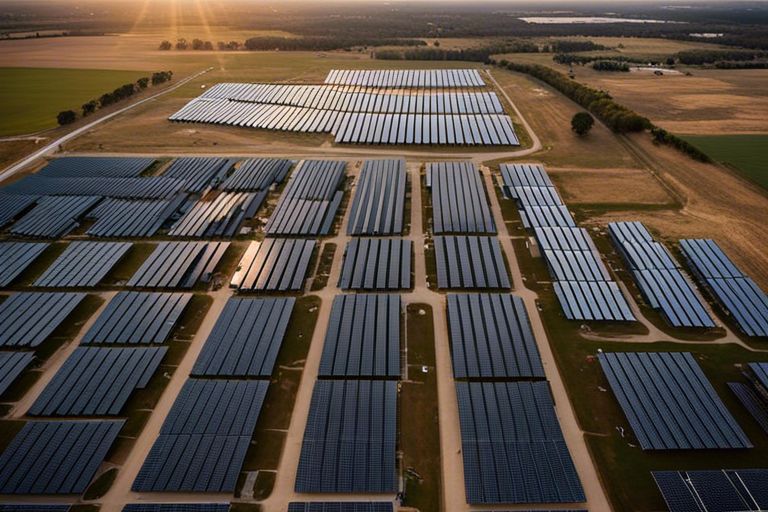Most regions are facing challenges in integrating renewable energy sources into their existing power grids due to intermittency and fluctuations in production. Oklahoma, known for its vast wind energy potential, is no exception. Energy storage solutions play a crucial role in addressing these challenges by storing excess energy produced during peak times and releasing it when needed. This improves grid stability and reliability, ultimately facilitating a smoother integration of renewable energy sources like wind and solar in Oklahoma’s energy mix. In this blog post, we will probe into the benefits of energy storage solutions and how they can enhance renewable energy integration in the state of Oklahoma.
Key Takeaways:
- Energy Storage Enhances Grid Stability: Energy storage solutions can help in managing the intermittent nature of renewable energy sources, providing a more stable grid in Oklahoma.
- Improved Peak Demand Management: By storing excess renewable energy during low-demand periods, energy storage helps meet peak electricity demands more efficiently.
- Increased Renewable Energy Utilization: Energy storage enables better utilization of renewable energy by storing excess energy for use during periods of low generation.
- Cost Savings and Economic Benefits: Integrating energy storage with renewable sources can lead to reduced energy costs, lower system operation expenses, and economic growth in Oklahoma.
- Environmental Impact Reduction: By facilitating higher renewable energy integration, energy storage solutions can help in reducing greenhouse gas emissions and promoting a cleaner environment in the state.
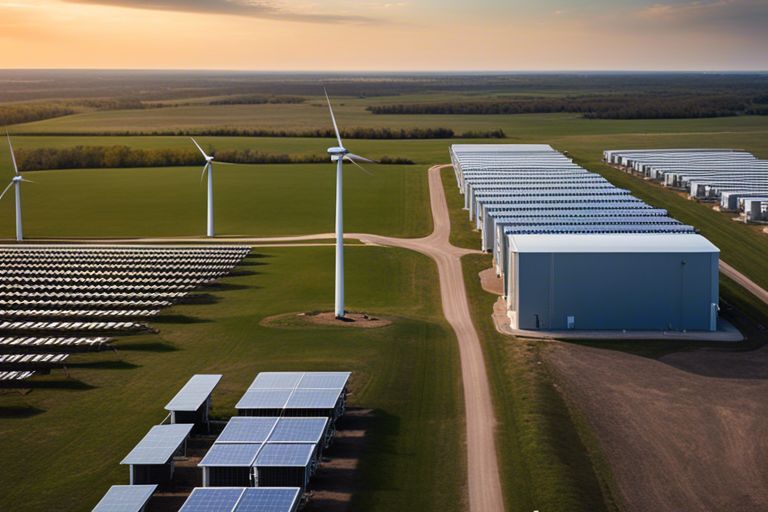
Renewable Energy Landscape in Oklahoma
Current State of Renewable Resources
Some regions in Oklahoma have vast potential for renewable energy resources, particularly wind power. The state ranks high in the production of wind energy, with several wind farms in operation. Despite this, renewable sources only account for a small percentage of the state’s total energy production.
Projected Growth and Potentials
One notable aspect of Oklahoma’s renewable energy landscape is the projected growth in solar power. The state has untapped potential for solar energy generation, with ample sunlight throughout the year. Investments in solar infrastructure and technology could significantly increase the state’s renewable energy capacity in the coming years.
Resources: Oklahoma’s wind capacity has the potential to significantly reduce dependence on fossil fuels, leading to a cleaner environment and lower carbon emissions. However, the state still lags behind in harnessing the full potential of its renewable energy resources, especially in solar power. Expanding renewable energy sources could not only benefit the environment but also create new jobs and economic opportunities in Oklahoma.
Energy Storage Solutions
Types of Energy Storage Systems
Assuming renewable energy sources like solar and wind power are intermittent, energy storage solutions play a vital role in balancing supply and demand on the grid. Different types of energy storage systems are available that serve various needs based on size, duration, and application. These include batteries, pumped hydro, flywheels, compressed air energy storage, and molten salt storage. Recognizing the diverse needs of the grid, utilizing a combination of these energy storage systems can optimize renewable energy integration in Oklahoma.
| Batteries | Pumped Hydro |
| Flywheels | Compressed Air Energy Storage |
| Molten Salt Storage |
Benefits to Oklahoma’s Grid Stability
One energy storage advantage for Oklahoma‘s grid is enhanced stability and reliability. By storing excess electricity generated during periods of low demand and releasing it during peak hours, energy storage systems help maintain a balanced grid. Another benefit is the ability to integrate more renewable energy sources into the grid, reducing carbon emissions and dependency on traditional fossil fuels. The flexibility and rapid response of these systems in managing grid variability are crucial for the sustainable future of Oklahoma‘s energy sector.
Policies and Incentives
Government Initiatives for Energy Storage
Once again, the government plays a vital role in promoting the integration of energy storage solutions in Oklahoma. Through initiatives such as tax incentives, grants, and rebates, the government encourages businesses and individuals to invest in energy storage systems. By providing financial support and creating a favorable regulatory environment, policymakers can accelerate the adoption of renewable energy technologies across the state.
Investment and Economic Impacts
On the economic front, investing in energy storage solutions can have significant benefits for Oklahoma. By integrating storage technologies with renewable energy sources, the state can reduce its reliance on fossil fuels, leading to a more sustainable and resilient energy system. Plus, this shift towards clean energy can create new job opportunities in the renewable energy sector, stimulating economic growth and driving innovation in the state.
Plus, encouraging investments in energy storage solutions can also help Oklahoma mitigate the risks associated with natural disasters and grid failures. By enhancing the stability and reliability of the power grid, energy storage technologies can ensure uninterrupted electricity supply in times of crisis, safeguarding the well-being of communities and businesses throughout the state.
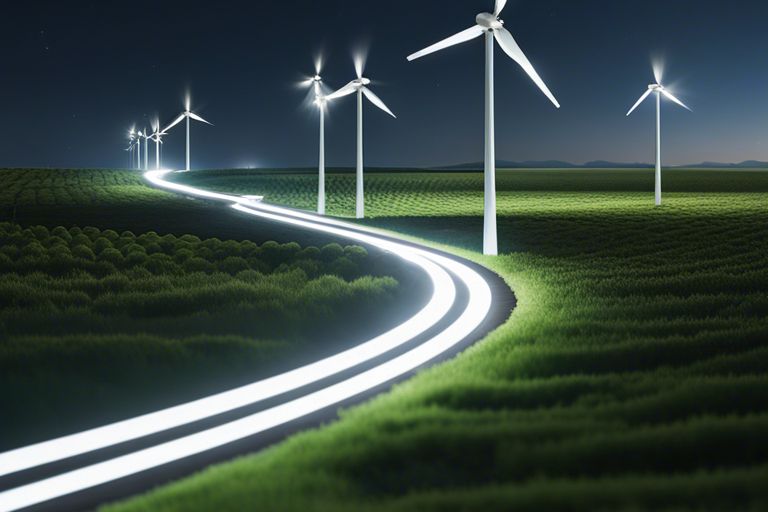
Overcoming Technical and Market Barriers
Infrastructure Development
For Oklahoma to effectively integrate renewable energy sources, the development of a robust infrastructure is crucial. This includes expanding transmission lines, upgrading grid systems, and investing in energy storage solutions. By improving infrastructure, the state can better handle fluctuations in renewable energy supply and demand, ensuring a more reliable and resilient energy system.
Market Integration and Regulation Challenges
Market integration and regulation challenges pose significant hurdles to the seamless integration of renewable energy in Oklahoma. Market structures need to be updated to accommodate renewable energy sources, and regulatory frameworks must incentivize the adoption of energy storage solutions. By addressing these challenges, Oklahoma can create a more favorable environment for renewable energy investment and deployment.
Market barriers such as outdated regulations and lack of incentives for renewable energy storage solutions hinder progress towards a sustainable energy future. To overcome these challenges, policymakers need to implement flexible market mechanisms that reward the integration of renewables and storage technologies. Regulatory reforms should promote fair competition and prioritize the reliability and affordability of energy supply.
Summing up
Ultimately, energy storage solutions have the potential to greatly improve the integration of renewable energy sources in Oklahoma. By providing a way to store excess energy generated from sources like wind and solar, these solutions can help address the issue of intermittency and ensure a more stable and reliable energy supply. This will not only reduce reliance on traditional fossil fuels but also help to meet the state’s renewable energy goals and reduce greenhouse gas emissions. Investing in energy storage technologies is crucial for Oklahoma to harness its abundant renewable energy resources and transition towards a more sustainable and resilient energy future.
FAQ
Q: Why is renewable energy integration in Oklahoma important?
A: Renewable energy integration in Oklahoma is crucial for reducing carbon emissions, improving energy security, and promoting economic growth in the state.
Q: What are energy storage solutions?
A: Energy storage solutions are technologies that store excess energy generated from renewable sources for later use, helping to address intermittency issues and ensure a stable energy supply.
Q: How can energy storage solutions improve renewable energy integration in Oklahoma?
A: Energy storage solutions can store excess energy during periods of high renewable energy generation and release it during peak demand times, thus balancing the grid and increasing the overall share of renewables in Oklahoma’s energy mix.
Q: What are some common types of energy storage solutions used for renewable energy integration?
A: Common types of energy storage solutions include lithium-ion batteries, pumped hydro storage, compressed air energy storage, and thermal energy storage.
Q: Are energy storage solutions cost-effective for renewable energy integration in Oklahoma?
A: While the initial investment in energy storage solutions can be high, their long-term benefits in terms of grid stability, energy reliability, and reduced energy costs make them a cost-effective solution for renewable energy integration in Oklahoma.
Q: How can energy storage solutions help reduce reliance on fossil fuels in Oklahoma?
A: By enabling the efficient storage and use of renewable energy, energy storage solutions can reduce the need for fossil fuel-based power plants during peak demand periods, thus lowering carbon emissions and promoting a cleaner energy future in Oklahoma.
Q: What policies can Oklahoma implement to promote the use of energy storage solutions for renewable energy integration?
A: Oklahoma can implement policies such as investment incentives, tax credits, and renewable energy standards that encourage the adoption of energy storage solutions and accelerate the transition to a more sustainable and resilient energy system in the state.
